Cupping is a stage of coffee production that takes place between exporting and roasting. It can be done by producers, exporters, importers, and roasters, and it is absolutely crucial to getting good results in your cup.
What Is Cupping?
We could also use ‘tasting’ as a potentially more comprehensive term, but cupping is more specific to the industry and thus more fitting. Yes, it is indeed a tasting process, but it is done using several cups!
Cupping is a crucial step in processing coffee. It’s a very simple exercise that allows for judging the properties of each harvest. The procedure is essential for roasters, as it gives them the ability to ensure consistency in their blends. Cupping also provides an opportunity for importers to verify whether the beans have any defects.
Cupping sessions can also take place in the comfort of your own kitchen if, for example, you want to sample coffee brought back from a trip! Speaking of trips, make sure to do your research before heading to a coffee-producing country: a number of farms provide in-house cupping sessions!
Coffee flavour palettes have become so vast that cupping experts can be considered veritable sommeliers. There are even international coffee tasting competitions to crown cupping’s cream of the crop!
The Process
Each producer, roaster, importer, and exporter use their own specific method. However, whether you’re at a renowned roasting house or in the comfort of your own kitchen, the steps are always stay the same.
Preliminary Steps When Testing Unroasted Beans
Examine the different coffee beans. How big are they? What colour are they?
Refresh your palate with water or neutral-tasting bread.
Roast a small amount of each coffee.
Grind the coffee very coarsely to analyze defects in the beans.
Place a blend or a specifically sourced coffee into a cup or bowl and repeat these steps for each blend or bean type.
Pour hot water into each cup and let sit for four minutes.
Break down the coffee: stir with a spoon to mix the foam that has formed on top with the liquid. The goal of this step is to analyze the coffee’s aromas, so make sure to inhale deeply from very close. Do the same for each coffee. Note your evaluations.
Using two spoons, remove the foam from the surface of each coffee cup. Let the liquid cool for about twelve minutes.
Loudly slurp a small amount of coffee to the back of your palate in order to properly distribute the aromas. Quickly spit it back out. Repeat these steps for each coffee. You can taste them again a few minutes later to see how they develop.
Note your evaluations. The tasting process also allows roasters to go back to the drawing board if any changes to the recipe are required.
These steps form the basis of the cupping process. However, if you’re a coffee geek or an exporter or importer, the Specialty Coffee Association (SCA) provides precise standards for processing, equipment, and for evaluating each sample.

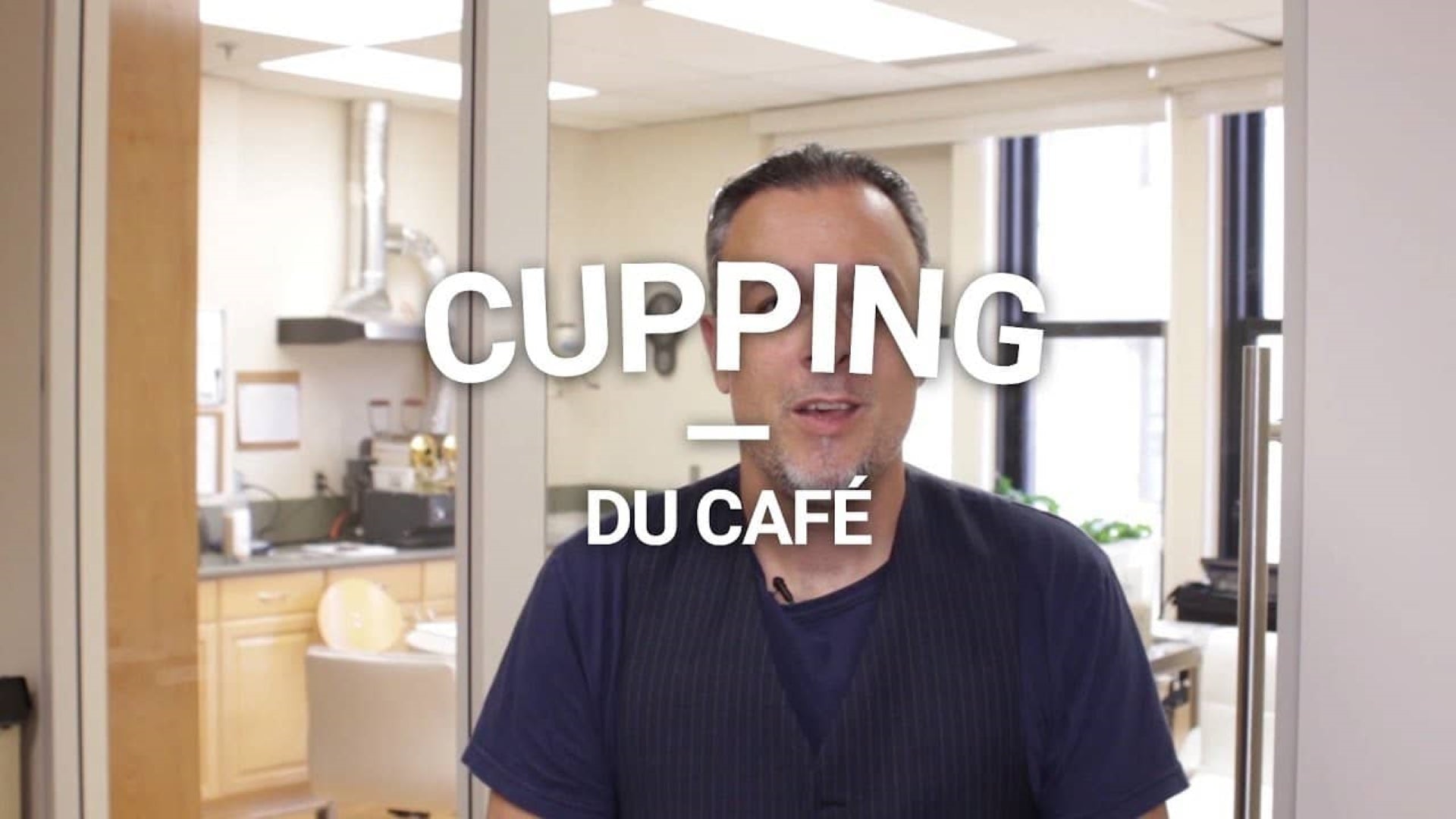

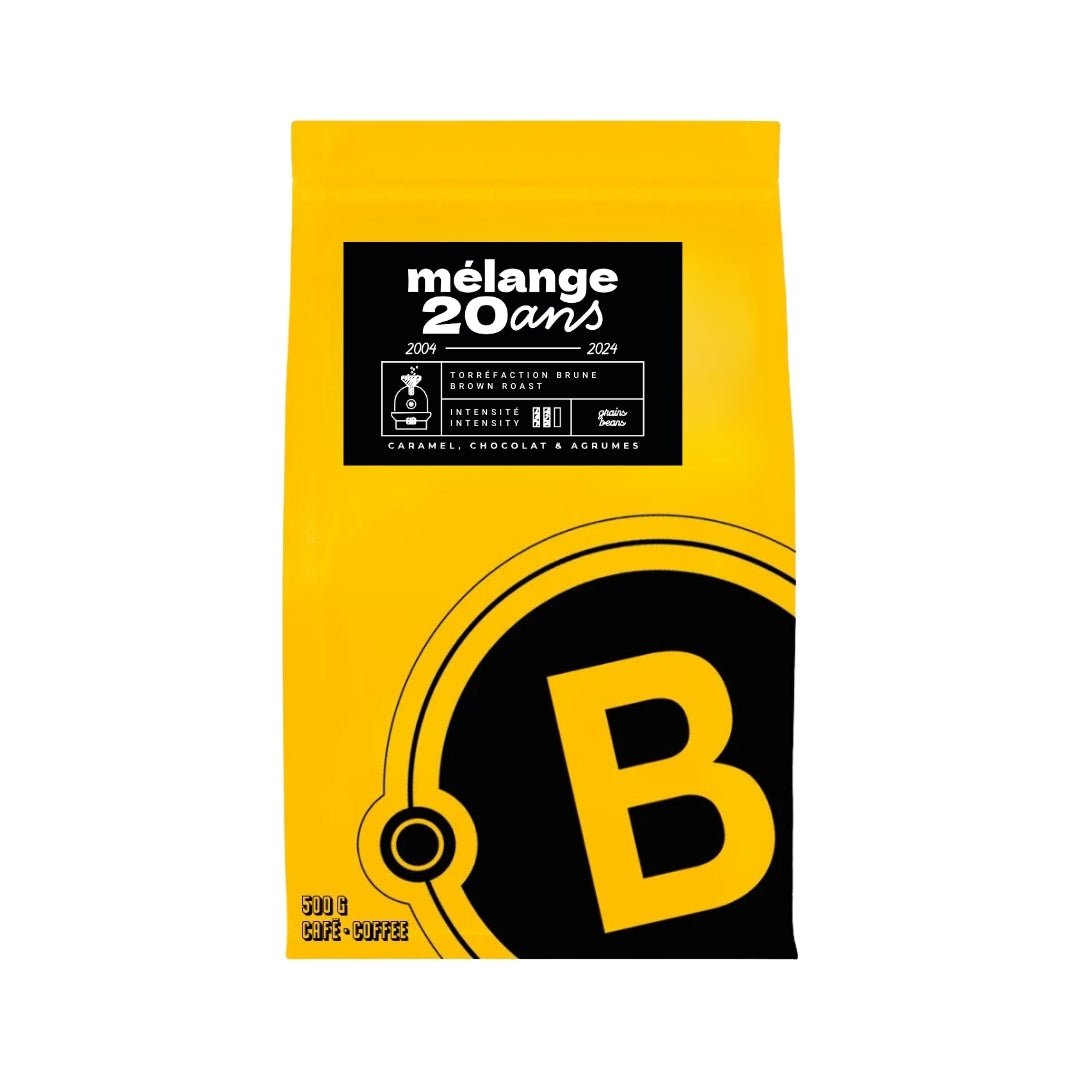
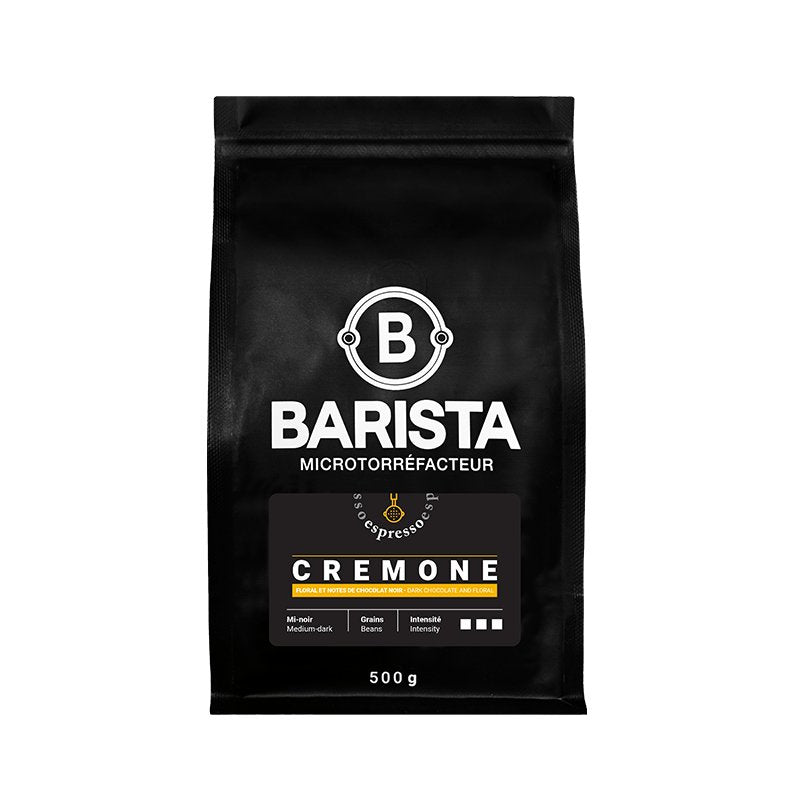
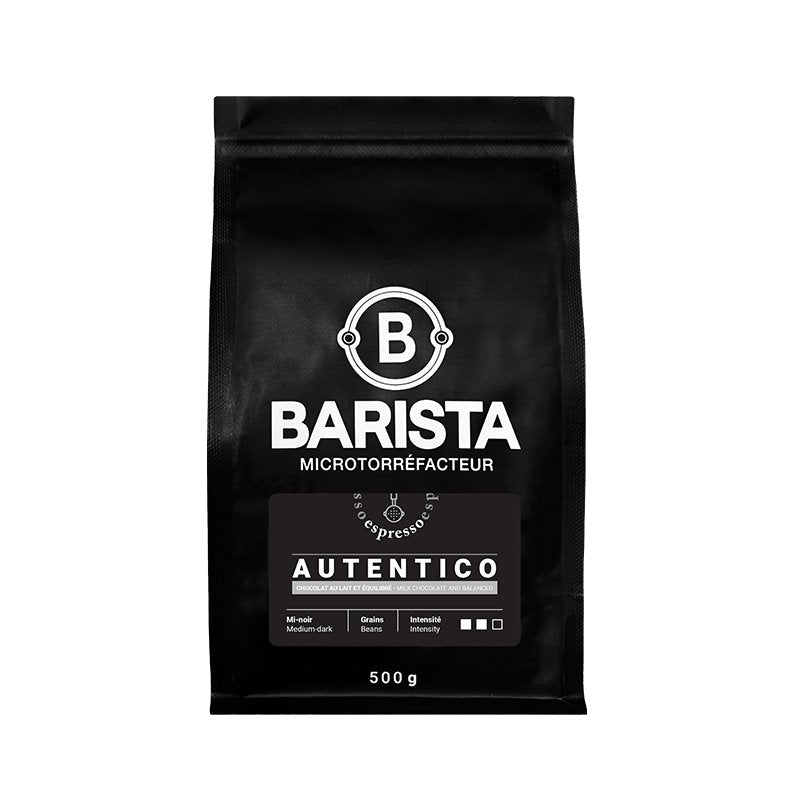
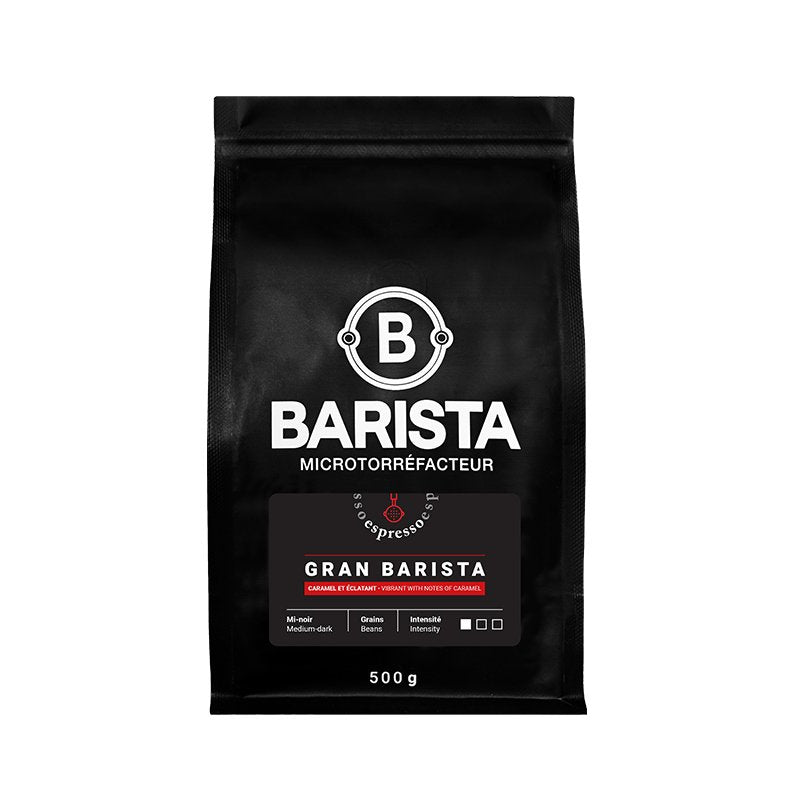
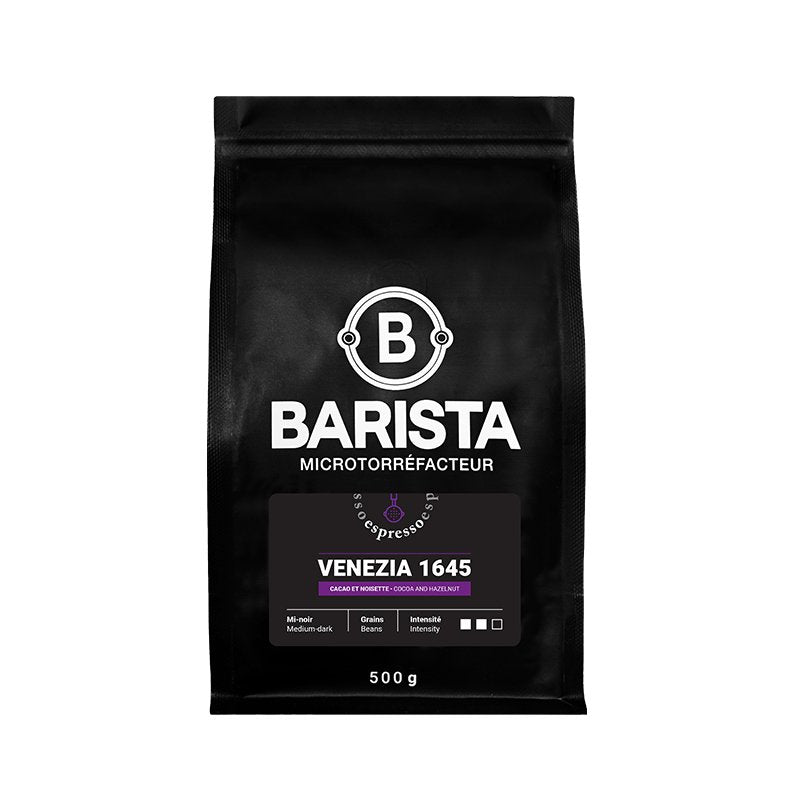
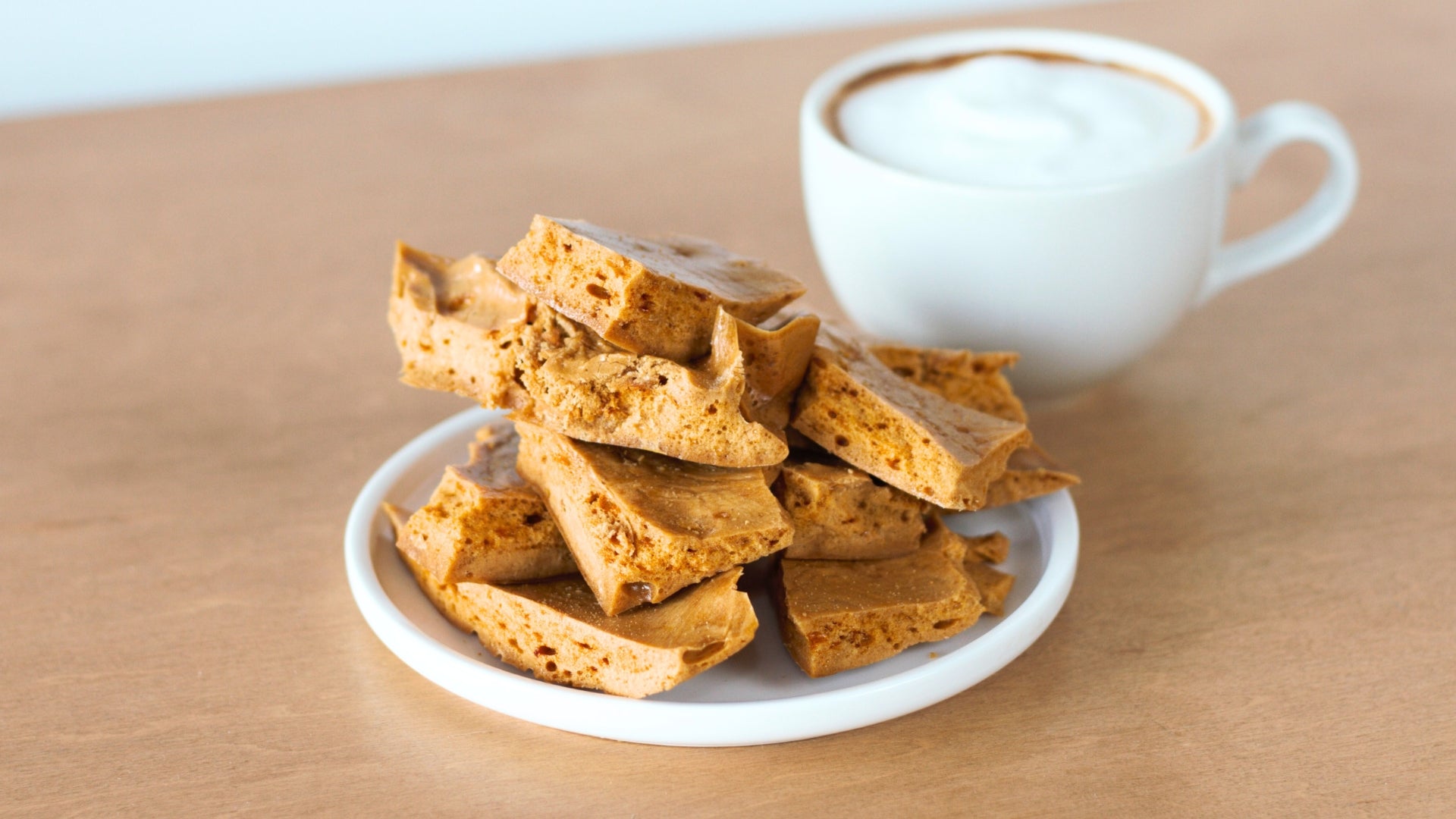
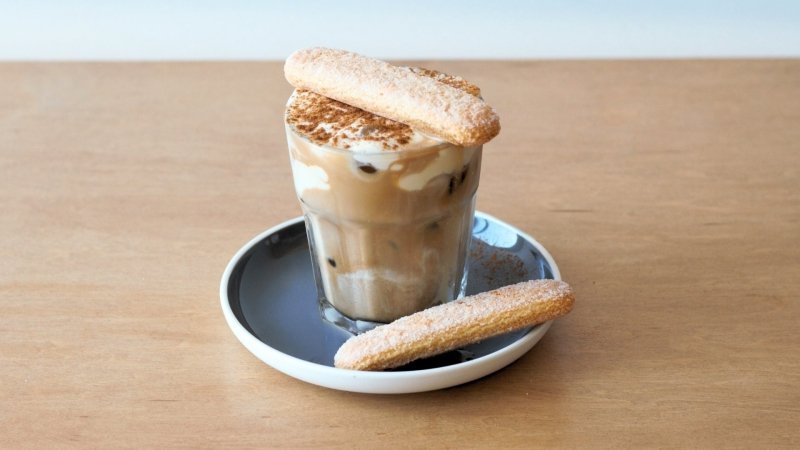
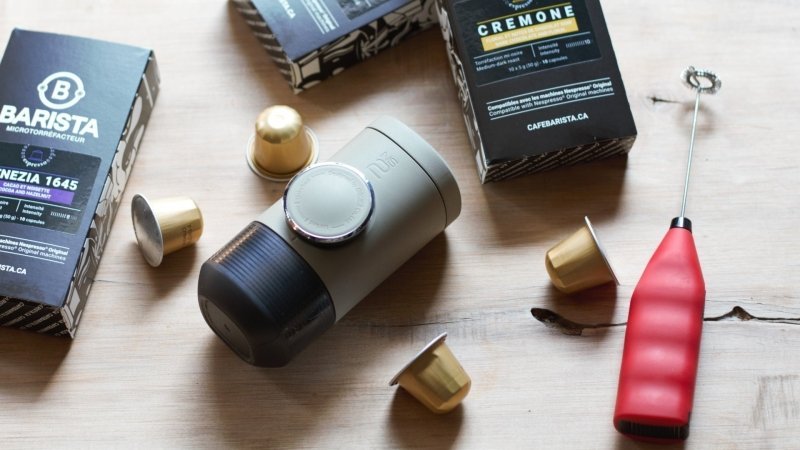
Share:
Organic Coffee: How It’s Produced and Roasted
The Flavour Profile of Hawaii’s Iconic Kona Coffee